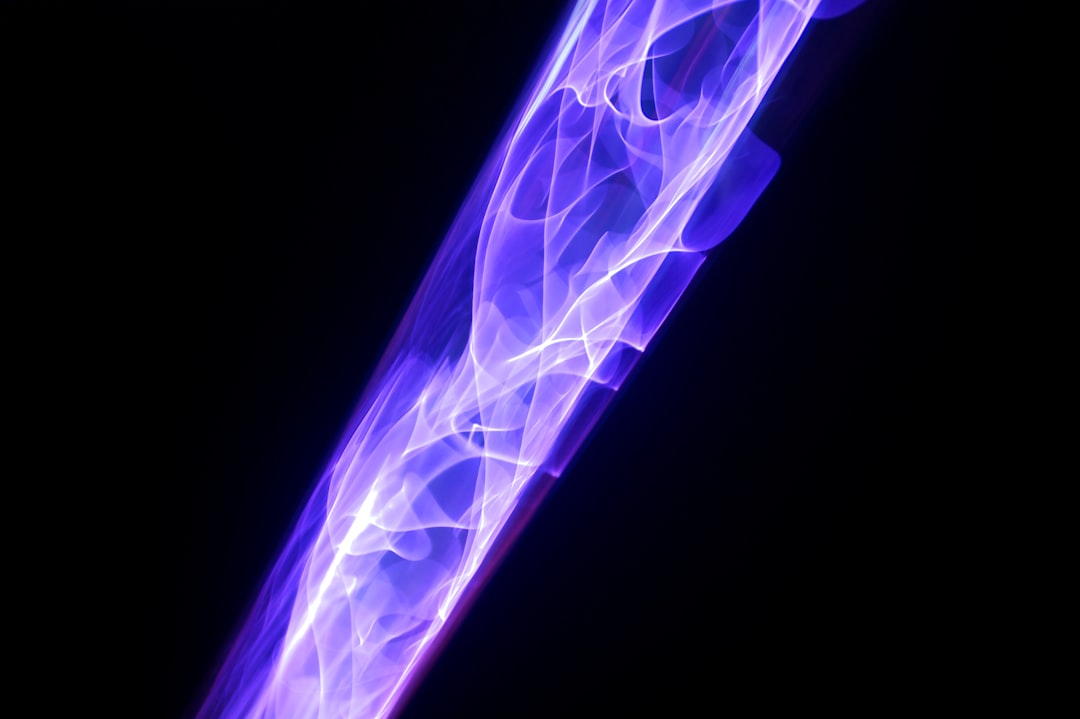What is it about?
This paper uses a vegetable depuration module (VDM) how a tool for pilot test of engineery scaling. VDM allows to calibrate each cycle of the engineery of decontamination processes . We placed a novel bioremediator system (BS) in the VDM and we adjusted flows, irrigation, slopes, hydraulic retention time, pH, Eh, thickness and type of fills in the module. Total metals extracted by the BS and percolation in three month (first cycle) were 31%, 34%, 50%, 45%, and 57% for Zn, Cu, Mn, Cr, and Sr, respectively. Only the BS was capable of extracting 94% of Cu and 38% of Zn.
Featured Image

Photo by Rafhael Hizkia on Unsplash
Why is it important?
Our results indicate that the BS and the VDM provided for a highly effective metal extraction and so they are a viable bioremediation system. Although this environmentally friendly technology is in the early stages of development, private and governmental organizations have shown a great interest for scaling-up the VDM. VDM allows to test different cycles with different mycorrhizal plant species and/or other physical-chemical-biological conditions, previously that technology is performed in territory. Corresponding a level of technological preparation 6 (TRL 6). There is little literature on TRL6 in remediation, this article provides that.
Perspectives
To improve its performance, future research should include modifications to the hydraulic system, treatments of wastewater flux with alternations of pH and Eh conditions in the substrate, and the selection of the most effective plant-AM fungus combination for phytoremediation of contaminated soil. Full-scale application will be an important advance in sustainable technology that can be widely used to solve soil and water pollution.
Adalgisa Scotti
Comision Nacional de Energia Atomica
Read the Original
This page is a summary of: Pilot testing of a bioremediation system for water and soils contaminated with heavy metals: vegetable depuration module, International Journal of Phytoremediation, March 2019, Taylor & Francis,
DOI: 10.1080/15226514.2019.1583634.
You can read the full text:
Resources
Contributors
The following have contributed to this page










